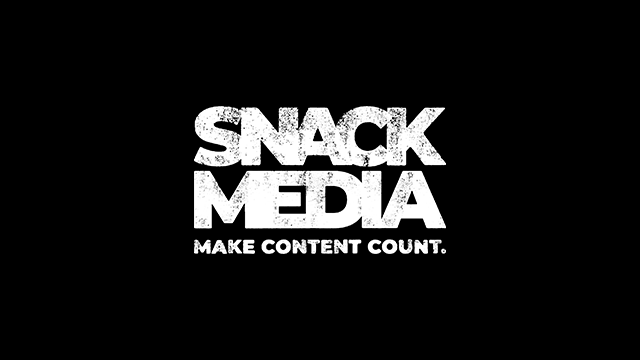When producing a presentation or pitch the main thing to remember is to be creative with the structure and design. The idea is to be persuasive and ultimately get across the content within in an attention-grabbing manner. Here are some do’s and don’ts which will help you produce an attractive pitch.
DO
Do prepare in advance of a presentation, clarify your objectives and be clear about what you want to achieve. Once these are set out you can start to design your presentation to meet these needs. Clever questioning before hand will allow you to tailor your deck. Find out what they want to see and learn about. You can then pitch only the relevant slides from the presentation.
Do plan the design of your presentation out before creating the slides, this helps you outline your story. You can make sure that all key messages are included and that all objectives are met. You need to make sure that there is a clear flow to your presentation and that this, as a result, provides a fully integrated message.
Do make sure all content included is creative, fun and engaging. You want your audience to remember the information within, therefore you need to make your pitch, unlike others. Keeping the attention of your listeners can be difficult. The attention span of adults is decreasing rapidly with the average of humans in 2016 now being 8 seconds. This is now less than a gold fish which has an attention span of 9 seconds. Taking this into consideration you want to make sure you use a range of images, videos, graphics or graphs that are clear and help communicate the concept and message.
Do choose images and videos that are of a high quality. Make sure you use a font size which is 14 pt or larger making it easy to read. When designing a presentation, you want to make it consistent with your brand. Ensure the feel throughout adheres to guidelines and portrays the correct tone of voice.
Do practice your presentation before you present. This helps determine the timing and understand whether the flow works as planned. Through rehearsals, you will develop a breakdown of how long you should spend on each slide, and whether anything important is missing.
Don’t
Don’t just read the slides. This is the number one golden rule when presenting. Explaining your points without cues shows you have a full understanding of the message you are trying to convey.
Don’t overload your slides with text. You should try to keep the content on the slides to a minimum, making it easy for your audience to process the information without having to split their time significantly between listening to you speak and reading. This goes along with the above. Talking around a point can reduce the number of words you need.
Don’t overuse bullet point, effects and transitions. When producing a presentation one of the main questions you need to ask yourself is, does this enhance the listeners’ experience? The answer when it comes to transitions and effects is no, therefore try and keep the use of them to a minimum. Bullet points, on the other hand, should be used, but do not break up a long paragraph with the use of bullet points. Make sure the information within is short, concise and to the point.
Don’t assume your audience has the same level of understanding and knowledge around the subject base as you do. Keep all technical terms and acronyms to a minimum instead write the full phrase into your work and give the relevant description. Treat them as an alien, if it makes sense to you it probably doesn’t to them.
Don’t make your presentation to long – the rule of thumb lies around 15 slides for a 30-minute presentation. Make sure to take playing videos into account and add on time at the end for a Q&A session. If you can’t fit all information into your pitch time minimise the about of slides, crop videos or produce an infographic slide making it easier and quicker to explain and show your point to your audience.



